Almost anyone who knows me personally knows that I have loved Trace Bundy’s mesmerizing acoustic finger-style, heavy percussive guitar work since the first time I heard him play 8 years ago. There are strong elements that sound like echoes of Leo Kottke and Phil Keaggy, whom I have appreciated for decades, and yet there is an intensely contemporary and fresh approach in Trace’s technique that makes it stylistically unique. I openly admit that I am a passionate fan and that one of the highlights of the year for my husband Peter and me is when Trace plays his annual Boulder Theatre concert. Honestly? I am not even ashamed that you can see us enthusiastically waving our hands in the fourth row this past year and it made me happier than I can say that Trace took a picture of the audience.
I cannot name another guitarist that I find more electrifying in concert performance. My favourite review of Trace is a write up from Audiocast Magazine saying: “Bundy’s live show is without a doubt an event that needs to be witnessed rather than told about. With such a jaw-dropping performance, Bundy’s live concert is a slap in the face that would leave a palm print on the memory of everyone in the audience.” That is a true statement except that ‘a slap in the face’ is too harsh a term for such a beautifully riveting performance. Trace is simply the master of a magical, entrancing concert experience whose music blessedly makes the transition from stage to studio with equal grace. Trace was dubbed the ‘Acoustic-Ninja’ by fans at least in part for his legato and finger tapping skills. However, I would venture to say that the name sticks because he is at once a soft-talking, strong-walking model of what it looks like when musical virtuosity is genuinely matched with personal virtue. It is truly my honour and delight to interview Trace Bundy and to share this with you.
LES: Trace, Elephant King was released in May 1 of 2012. I remember you announcing that it was coming out when you did the Boulder Theatre Concert in 2011 and how excited I was to hear it. True to form, it is a magnificent, rich complicated and satisfying collection demonstrating not only your established style and skill but an even wider range and depth. What was the inspiration behind the title track and it’s name?
TB: I’ve always been intrigued by elephants ever since I was a little boy. Elephants are often known for their size and power, but I’ve always admired them as humble and gentle creatures as well. Humility is something that’s been really important to me, so I wanted to create a storybook feel with the album that would celebrate humility and service. The artwork tells the story of the Elephant King. He is a different kind of king – an unusual elephant who is not big and aggressive, but rather has other qualities that make him capture the hearts of the people. He is humble and wise, and always willing to serve others. He is the ruler of an upside-down kingdom, one where humility wins over power. Humility has always been something important to me, and I’ve learned that asking for help can be a sign of strength.
Click here for the Elephant King title track on Sound Cloud.
LES: What is the most challenging piece for you on this album and what is the most satisfying?
TB: The most challenging pieces on the album are the ones that I had written most recently. Since I hadn’t had time to sit with them for very long, they were the most difficult to capture for the album. These include songs like “Traverse” and “Coronation”. I would say “Joy & Sorrow” was the most satisfying. It is one of my favorites to perform, and it was fun to capture in the studio.
LES: Here is a quick peek of Trace playing Joy and Sorrow on the Sew-tar! The Sew-tar is one of the amazing instruments that Al Bundy – Trace’s dad – makes for him.
LES: When you make a studio album like this what is the time frame it takes to create the finished product from first ideas to release? What are some of the steps that you go through to create an album?
TB: For me, typically an album can take a few years to finish. Some of the songs might be brand-new ones that I wrote right before recording, but some are ones that I’ve been working on for years. Once the recording process starts, it can be a fairly fast, yet grueling process. To be truthful, recording isn’t my favorite part of my music career; I’m always hugely relieved when it is finished. My passion has always been sharing my music to fans in a live concert. Performing live is what really gives me energy in my career.
LES: Could you tell us a little about the story behind “Adventures in Sawyerland”?
“Adventures in Sawyerland” came about when my son Sawyer was about a month old. We had a cheap yard-sale ukulele lying around our house and I started playing it for Sawyer. It quickly turned into a melody line, and eventually a song. It expresses my joy in becoming a father, and connection to my son.
Sawyer and Trace Bundy
Click here for Adventures in Sawyerland on Sound Cloud.
LES: How do songs come to you from first idea, and what is the process like for developing an initial idea for a song like “Joy & Sorrow” to its fully developed stage on the album?
TB: Often times, a new idea will come randomly when I am just messing around on the guitar. I’ll play something, maybe even by mistake, and I’ll say “Hey, that sounded interesting”. I then grab my camera and take a video of it to make sure I don’t forget it! Other times, I will have a very specific musical idea that I want to accomplish, and I sit down and try to fulfill that idea. For “Joy & Sorrow” I wanted to write a song that explored different emotions by switching back and forth between two keys (major and minor, happy and sad). I wasn’t getting quite the sound I wanted by playing it on one guitar, so I realized I could do it better by switching back and forth between two different guitars, each tuned differently to correspond with the major and minor keys. I create a simple loop of harmonics and guitar-body percussion using my looping pedal to help smooth the transitions when I have to put down one guitar, and quickly grab the other!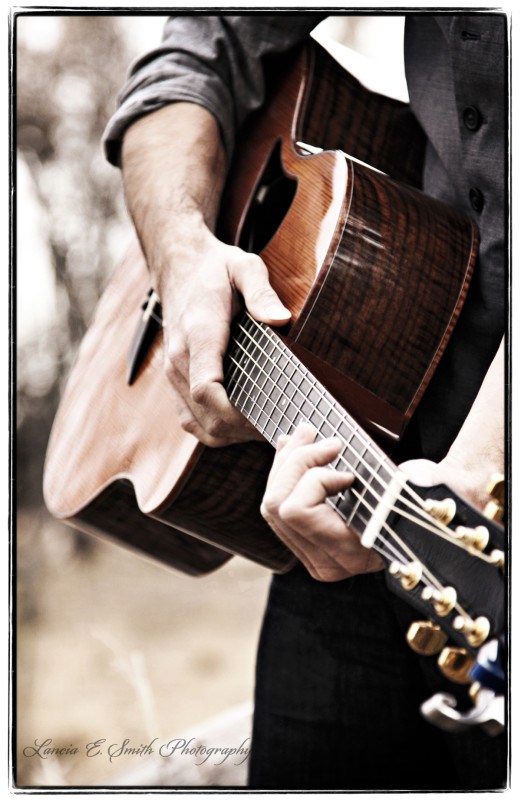 LES: Trace, you are known for your acoustic finger-style work but you also integrally include electronic elements like looping and delay. What is the process like for you as you integrate acoustic elements with the electronic?
LES: Trace, you are known for your acoustic finger-style work but you also integrally include electronic elements like looping and delay. What is the process like for you as you integrate acoustic elements with the electronic?
TB: I try to use electronics tastefully and sparingly when I write and record, but it is definitely fun to incorporate a few effects into some of the songs. It adds a whole new set of challenges when you use a looping pedal or delay (echo) effect. I like to keep a bit of variety in my music, and sometimes the right electronic effect can do the trick.
LES: What did you learn new in this particular project? What did you incorporate as newer techniques on this album that you hadn’t tried in your earlier works?
TB: For this album, there were quite a few new things that I learned throughout the process. I collaborated with a few new people, which always adds a new dimension. You learn something new with each person you collaborate with. As far as techniques go, I use a new two-finger harmonic slapping technique in “Elephant King”, switch back and forth between two guitars in “Joy & Sorrow”, use a new custom partial capo in “Tres Capos”, explore different delay (echo) techniques in “Overtime”, and tried out the Ukulele for the first time on “Adventures in Sawyerland”. I think almost every song had a few new techniques. It was a very enjoyable album to make.
Many thanks to Trace Bundy for his participation in this interview and for the years of purely magical music that he has gifted his audiences with world-wide. I look forward to sharing more about Trace and his beautiful wife, Becca, with you in the near future!
Trace and Becca Bundy
For more information about Trace Bundy and how to purchase his CDs, DVDs and get his concert tickets, click here.
The images of Trace Bundy & family in the preceding interview are copyright of Lancia E. Smith.
If you wish to use the images please contact me directly regarding their usage.
Thank you so much for your courtesy!
Lancia E. Smith is an author, photographer, business owner, and publisher. She is the founder and Executive Director of Cultivating Oaks Press, LLC, Cultivating Magazine, and its fellowship of writers and makers. She has been honoured to serve in executive management, church leadership, school boards, and Art & Faith organizations throughout her career.
Now empty-nesters, Lancia & her husband Peter make their home in the Black Forest of Colorado, keeping company with 200 Ponderosa Pine trees, a herd of mule deer, an ever expanding library, and two beautiful black cats. Lancia loves land reclamation, website and print design, beautiful typography, road trips, being read aloud to by Peter, and cherishes the works of C.S. Lewis, J.R.R. Tolkien, and George MacDonald. She lives with daily wonder of the mercies of the Triune God and in constant gratitude for the beloved company of Cultivators.
Leave a Reply
A Field Guide to Cultivating ~ Essentials to Cultivating a Whole Life, Rooted in Christ, and Flourishing in Fellowship
Enjoy our gift to you as our Welcome to Cultivating! Discover the purpose of The Cultivating Project, and how you might find a "What, you too?" experience here with this fellowship of makers!


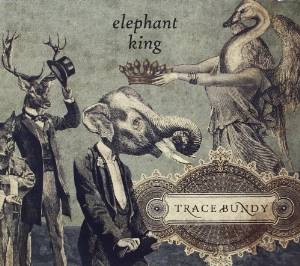
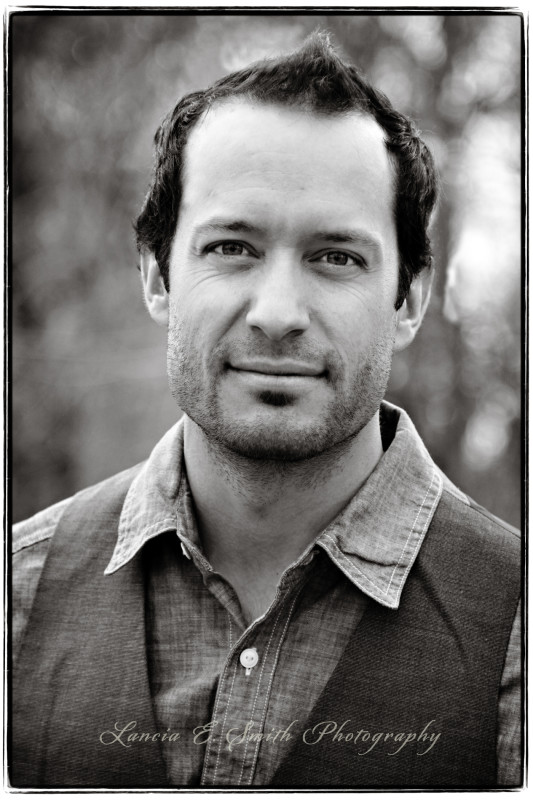
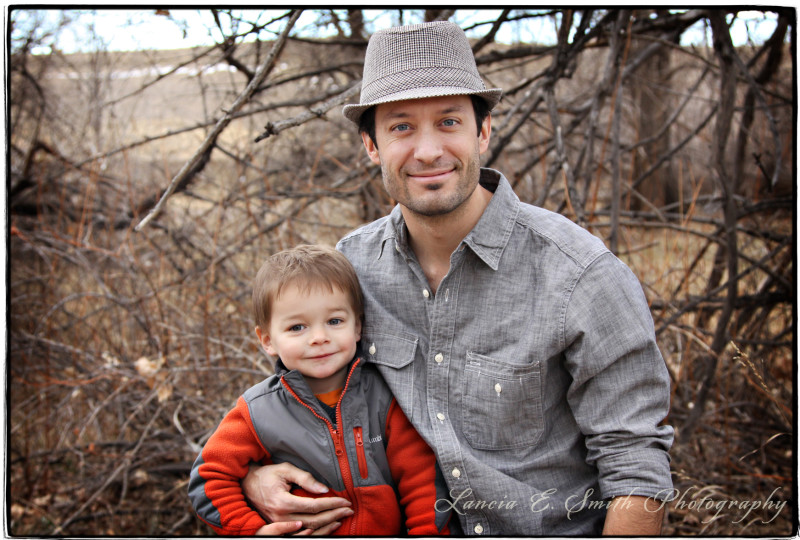
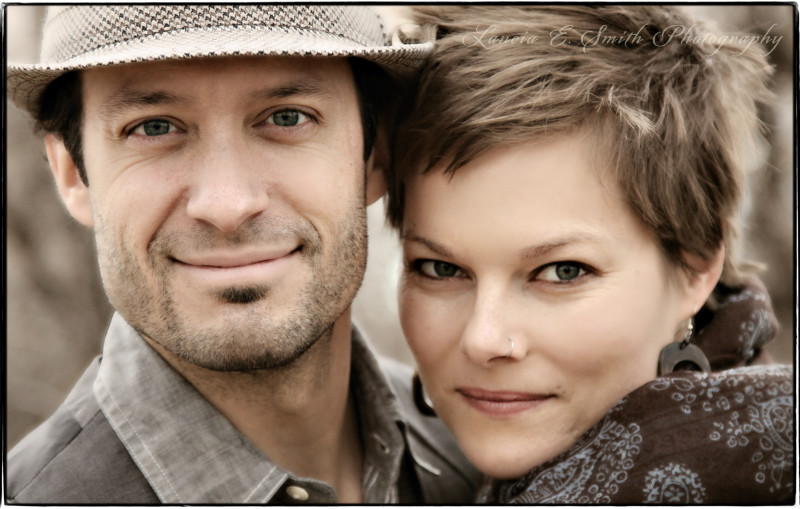

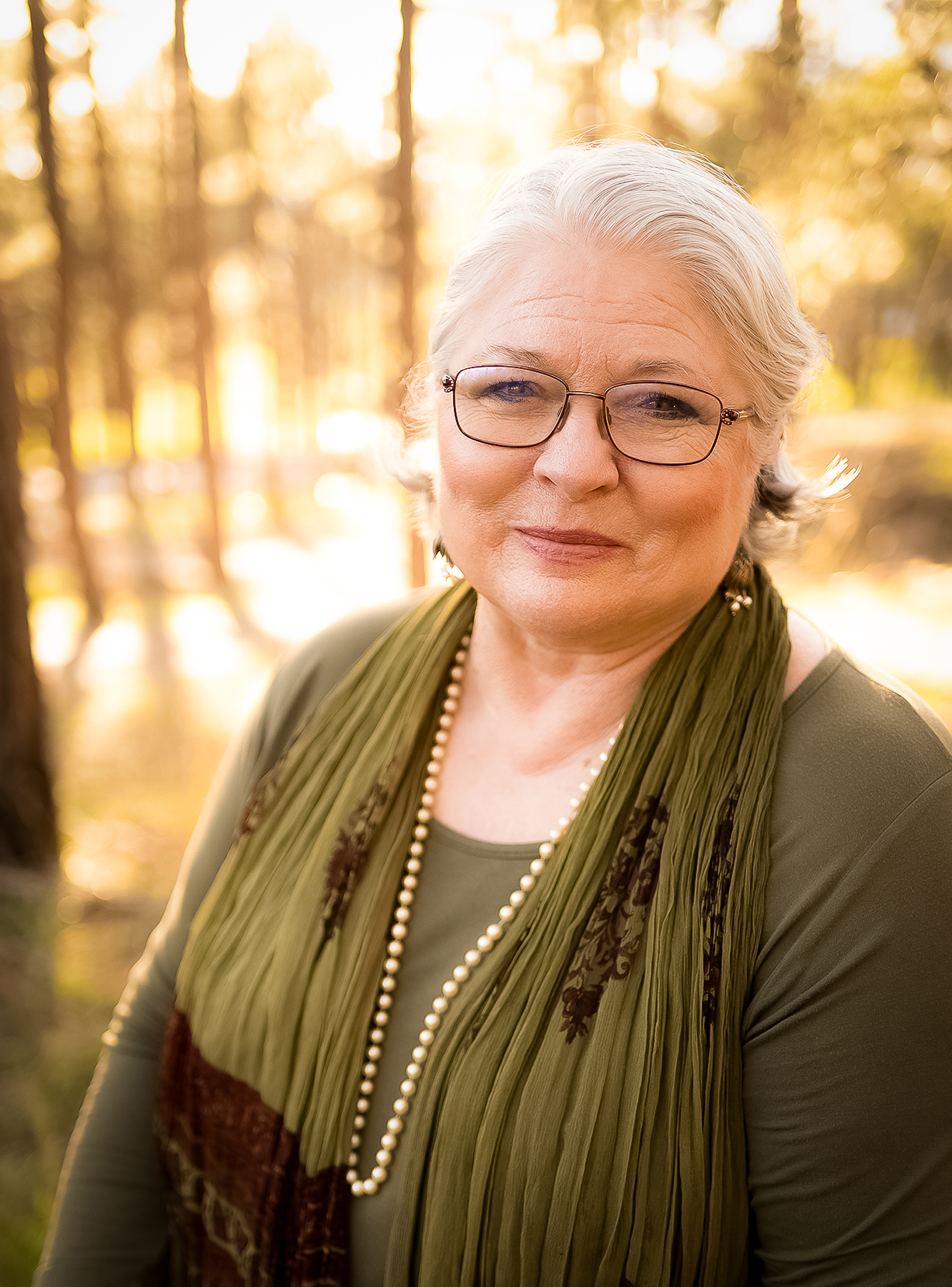
Add a comment
0 Comments